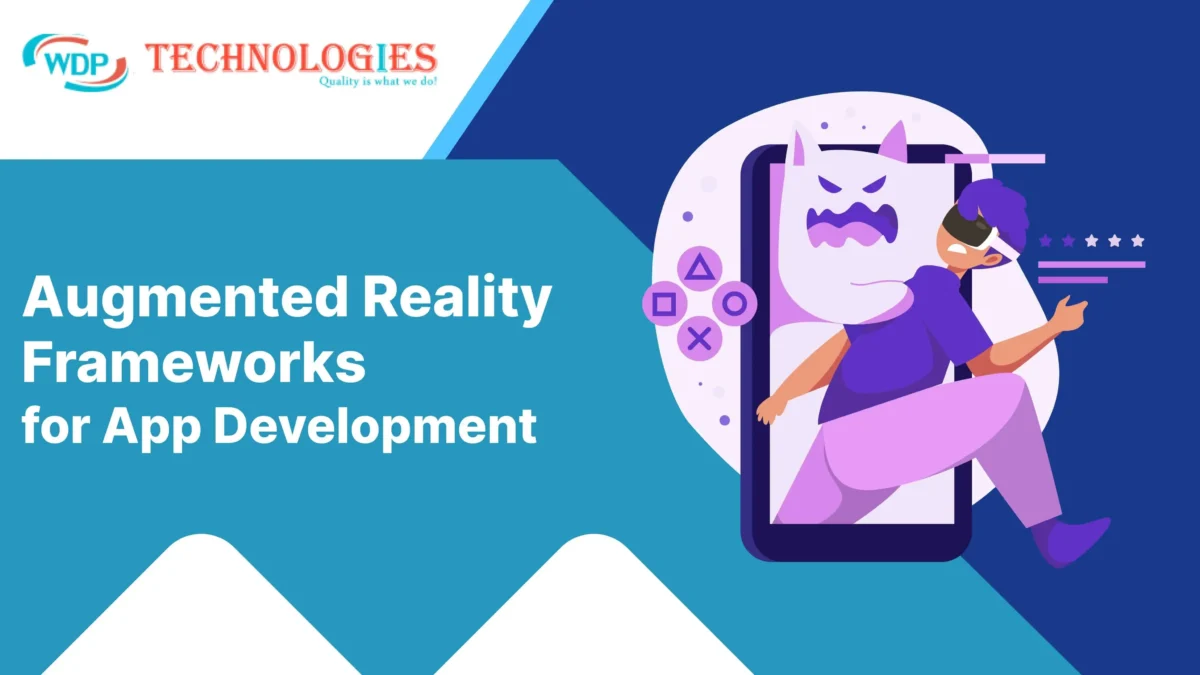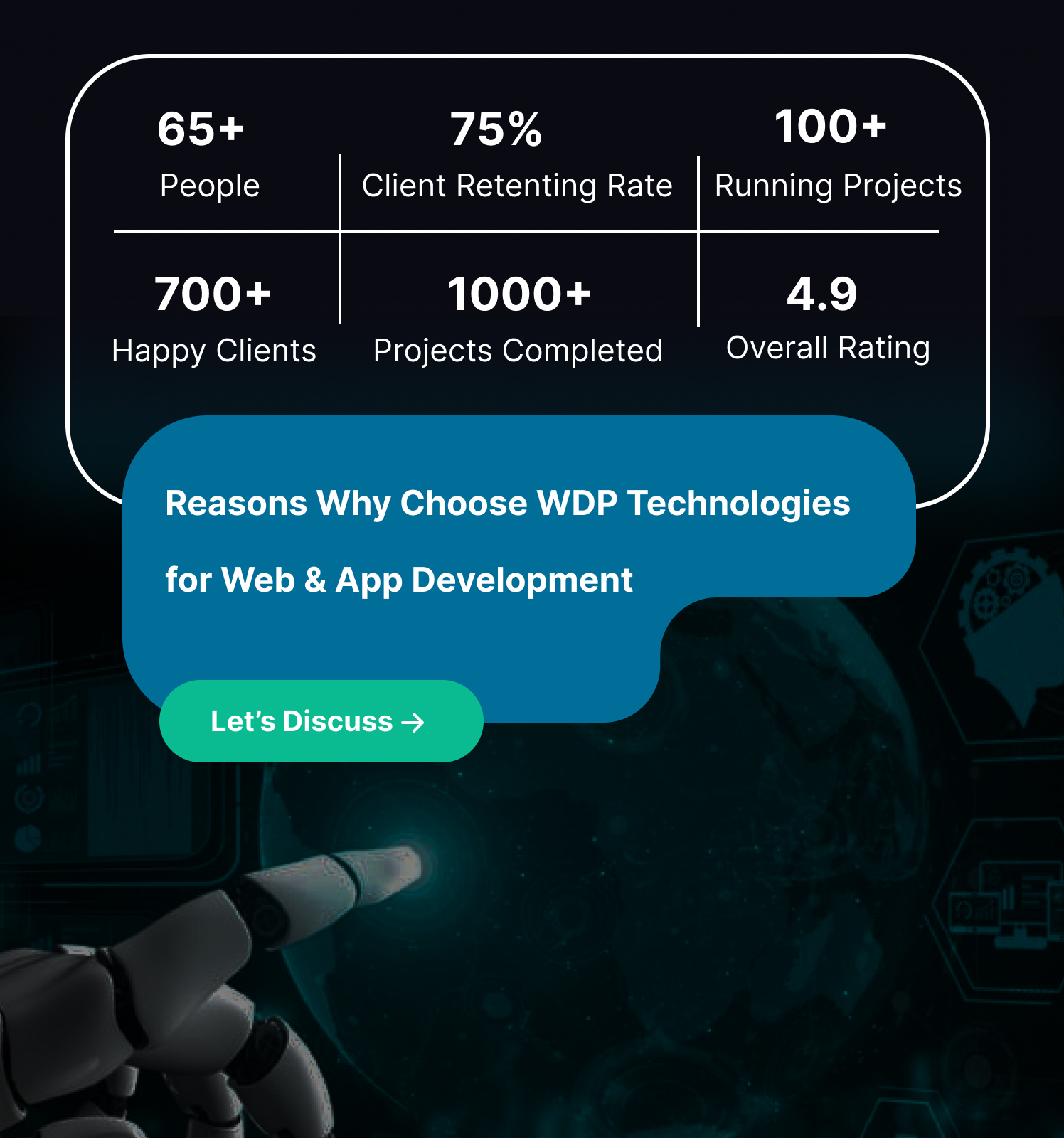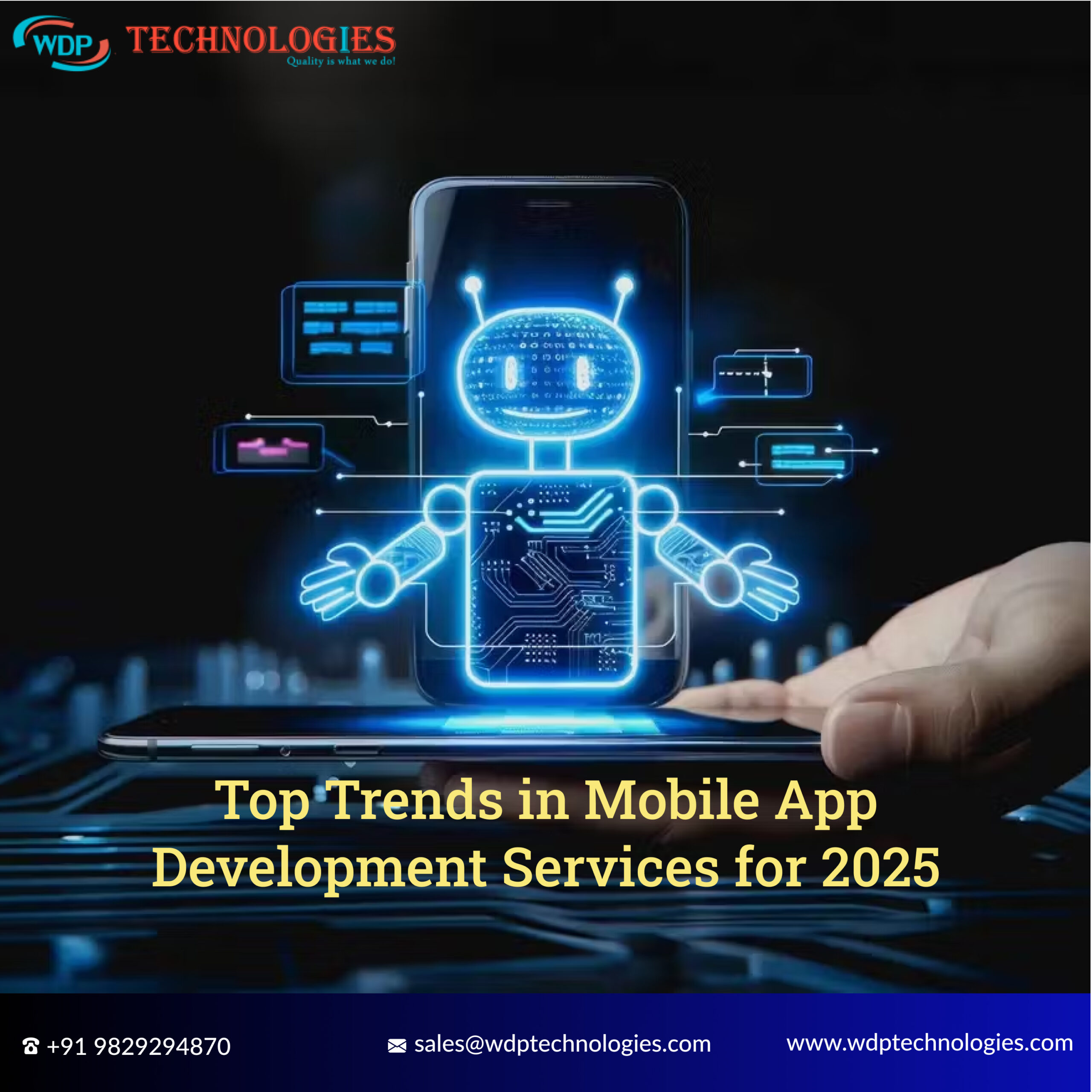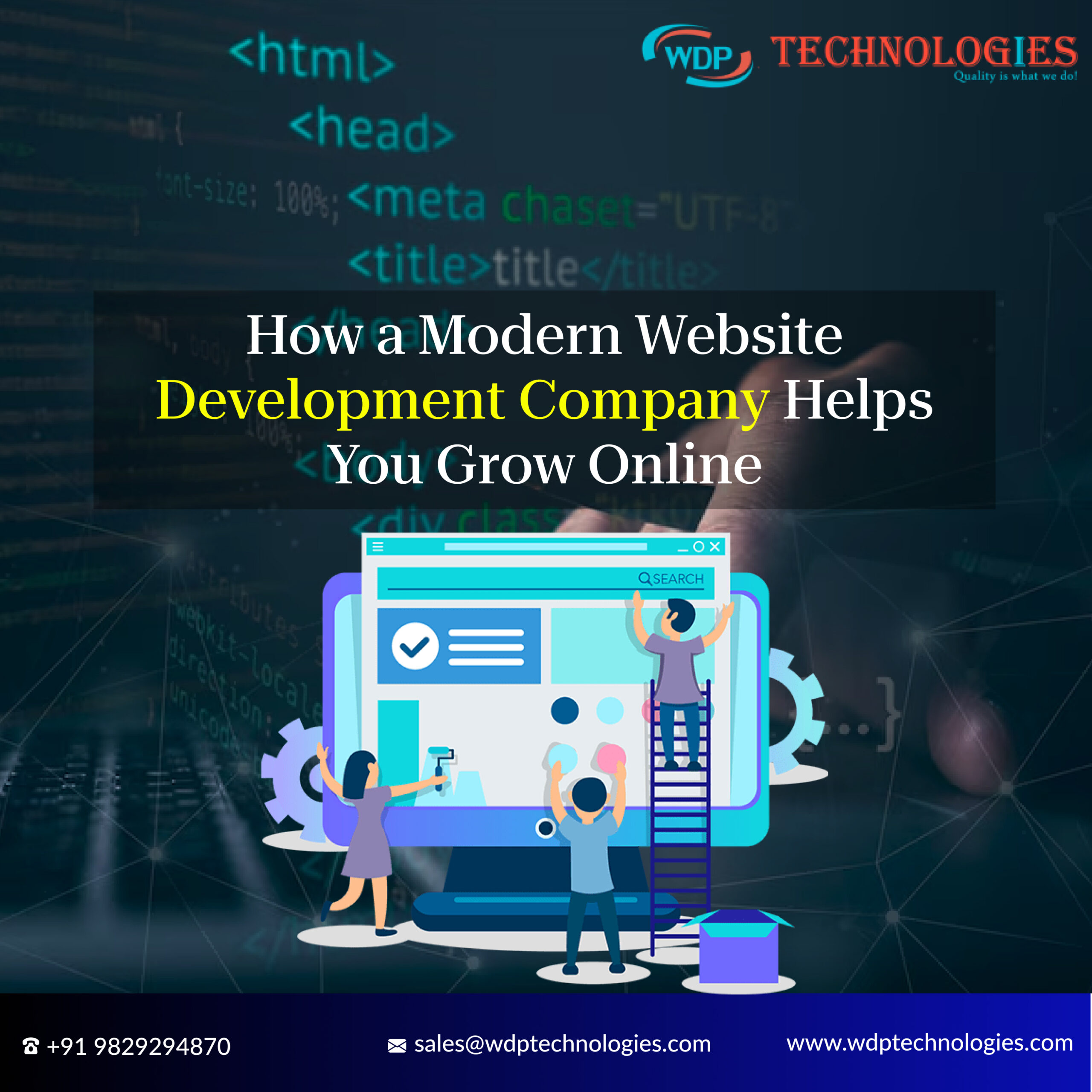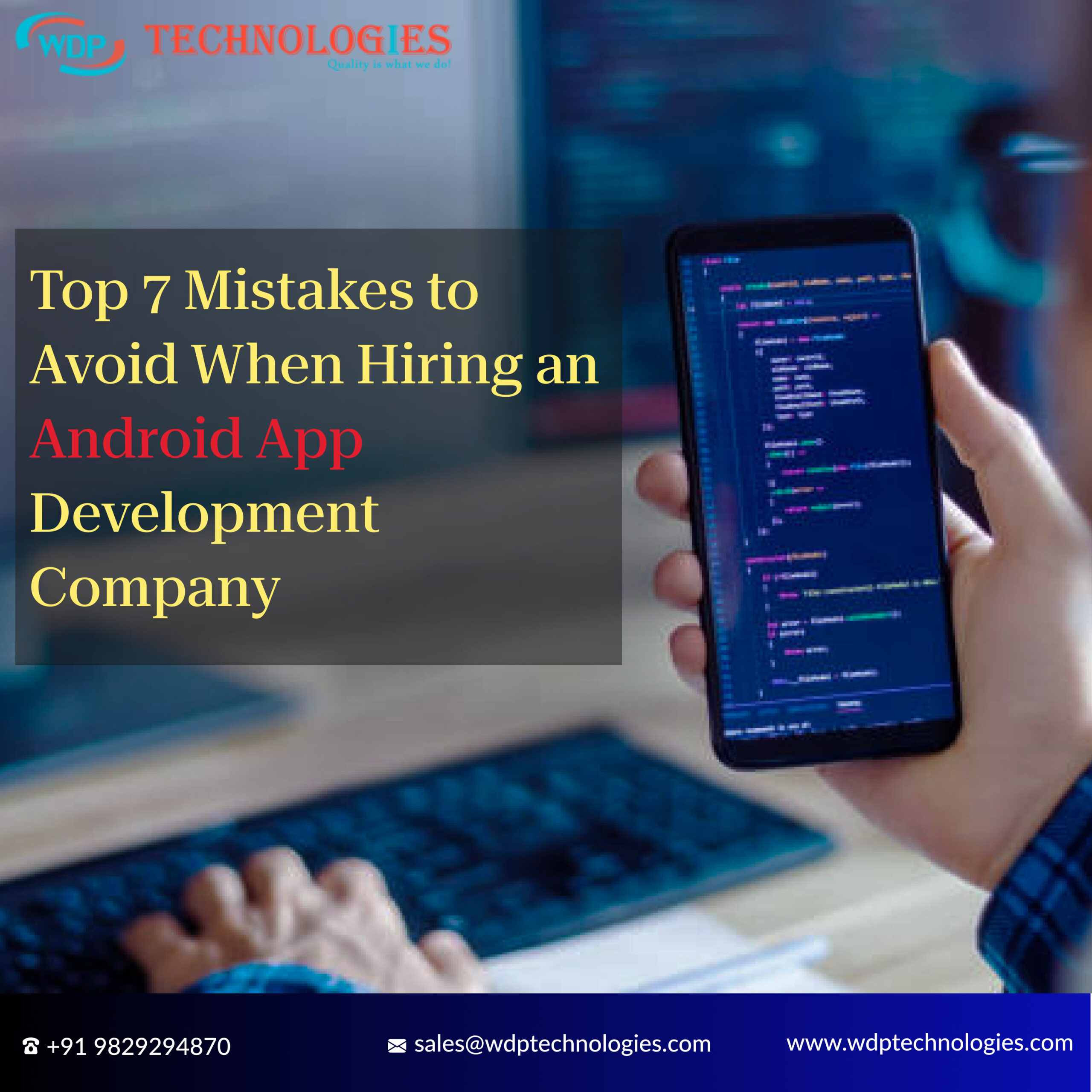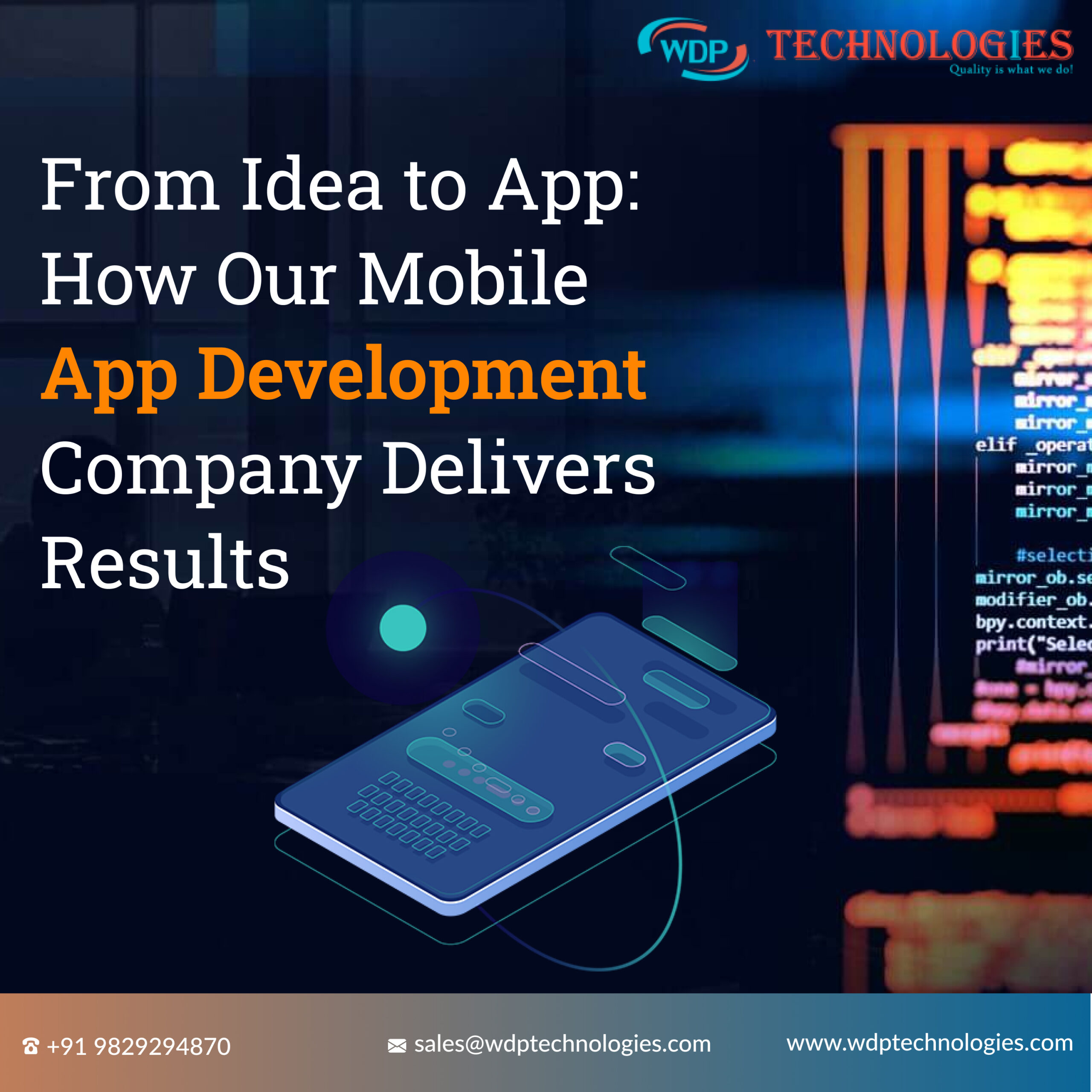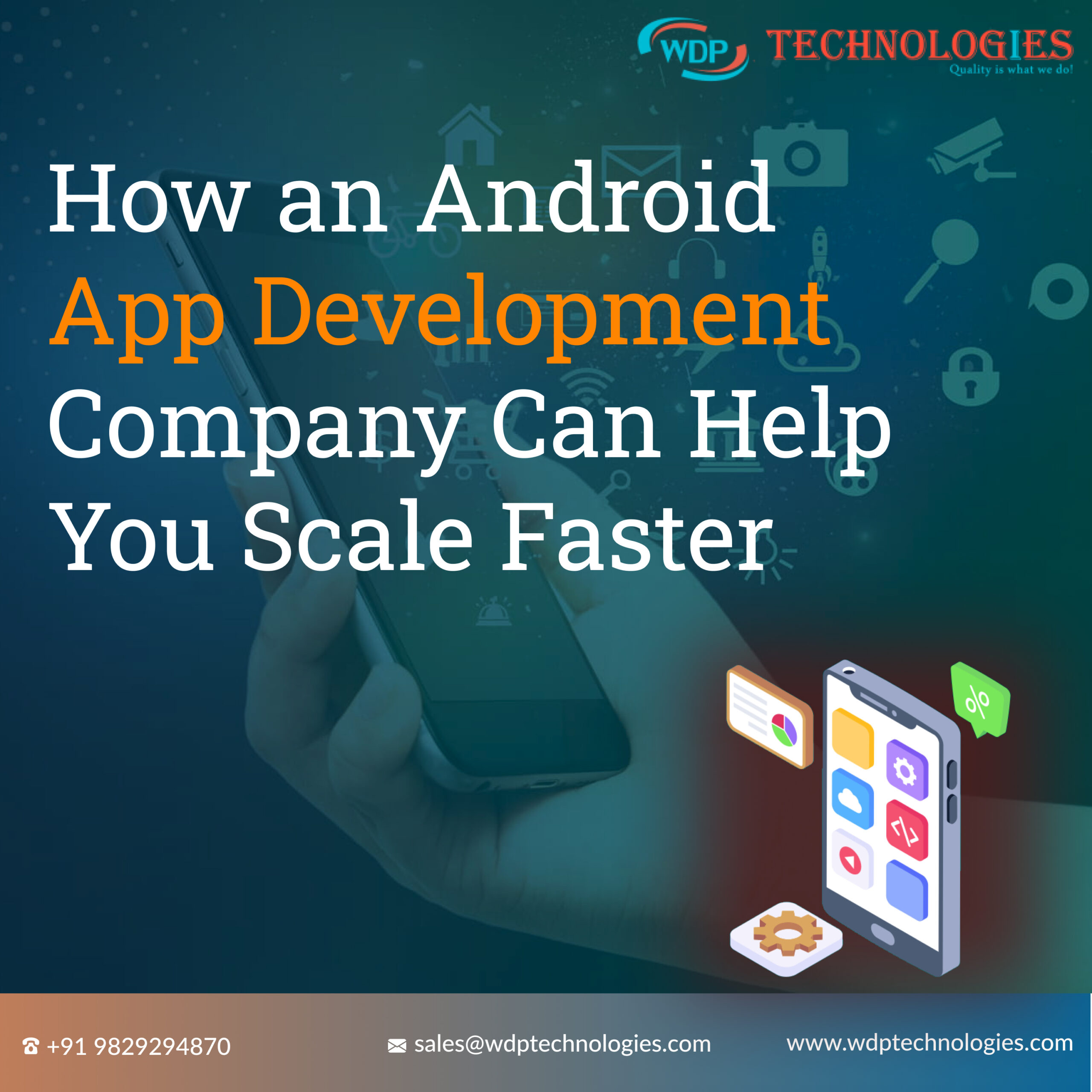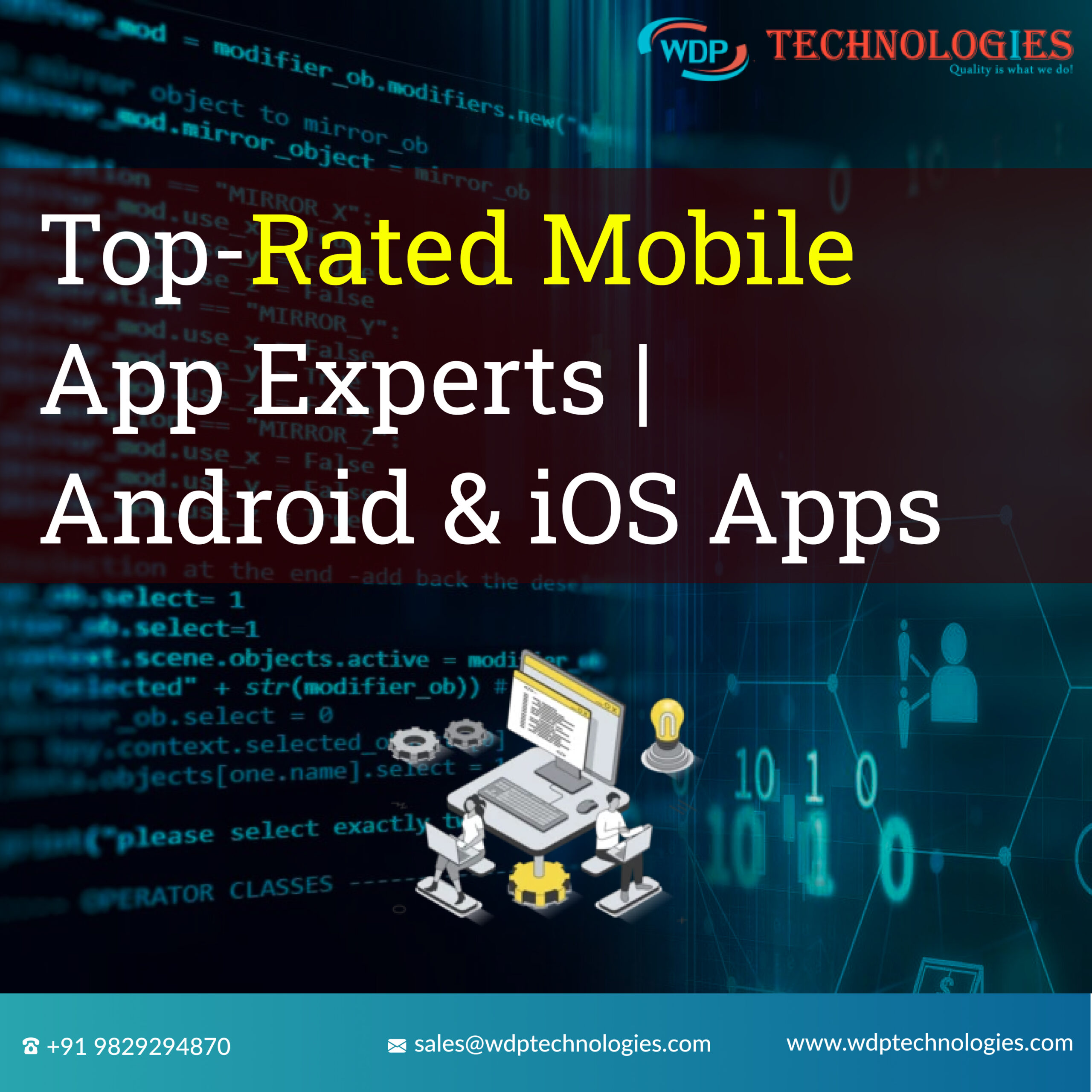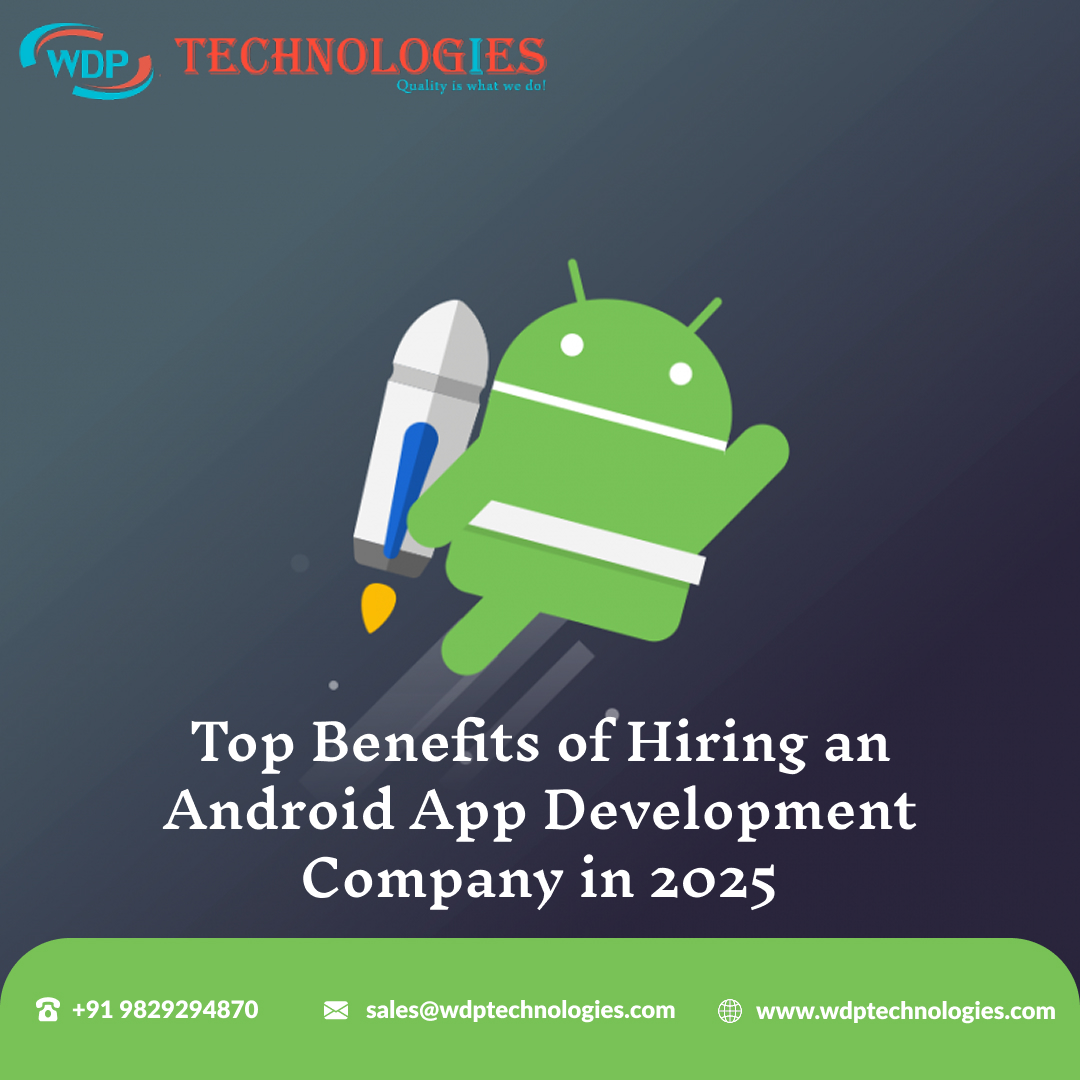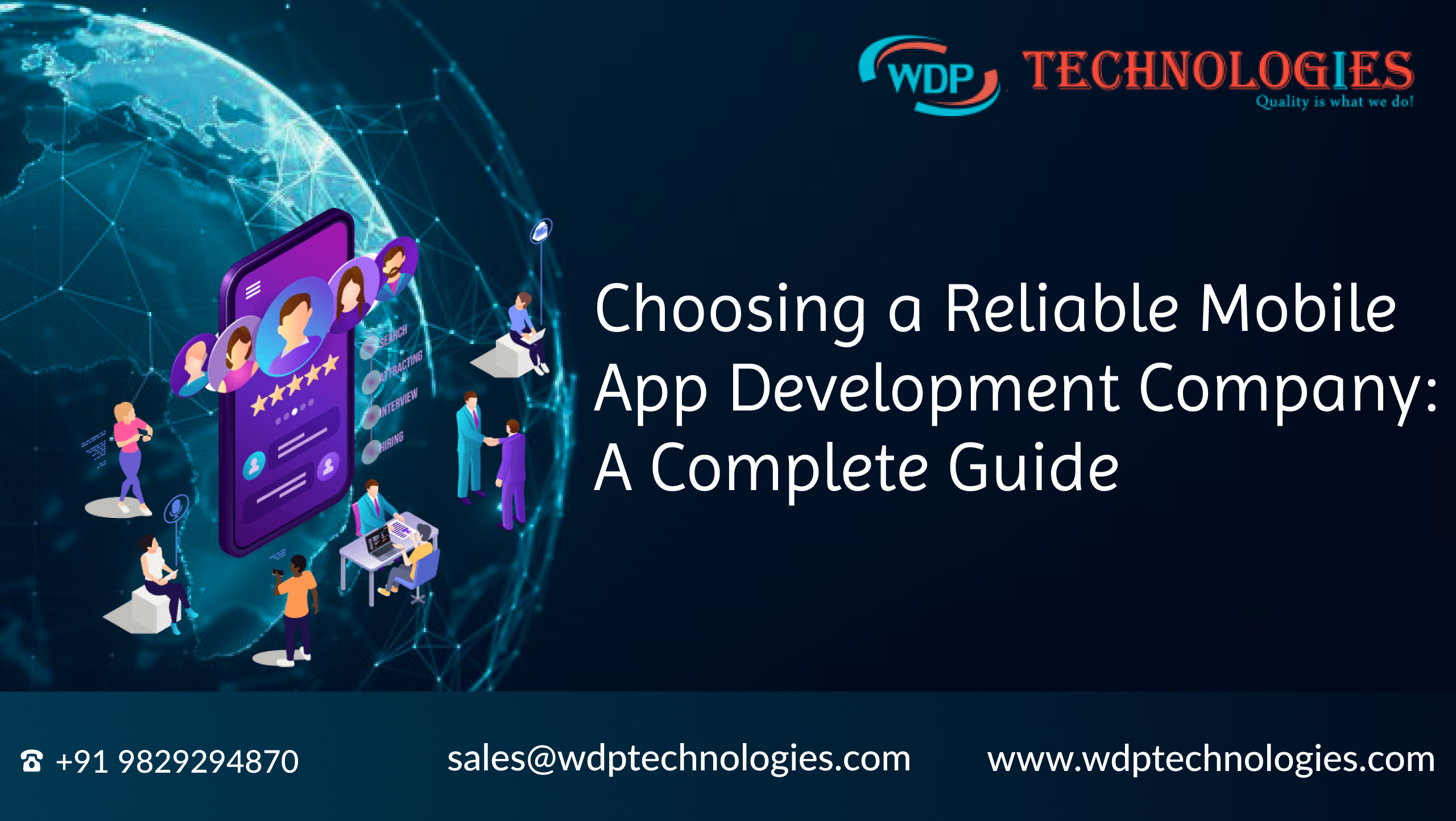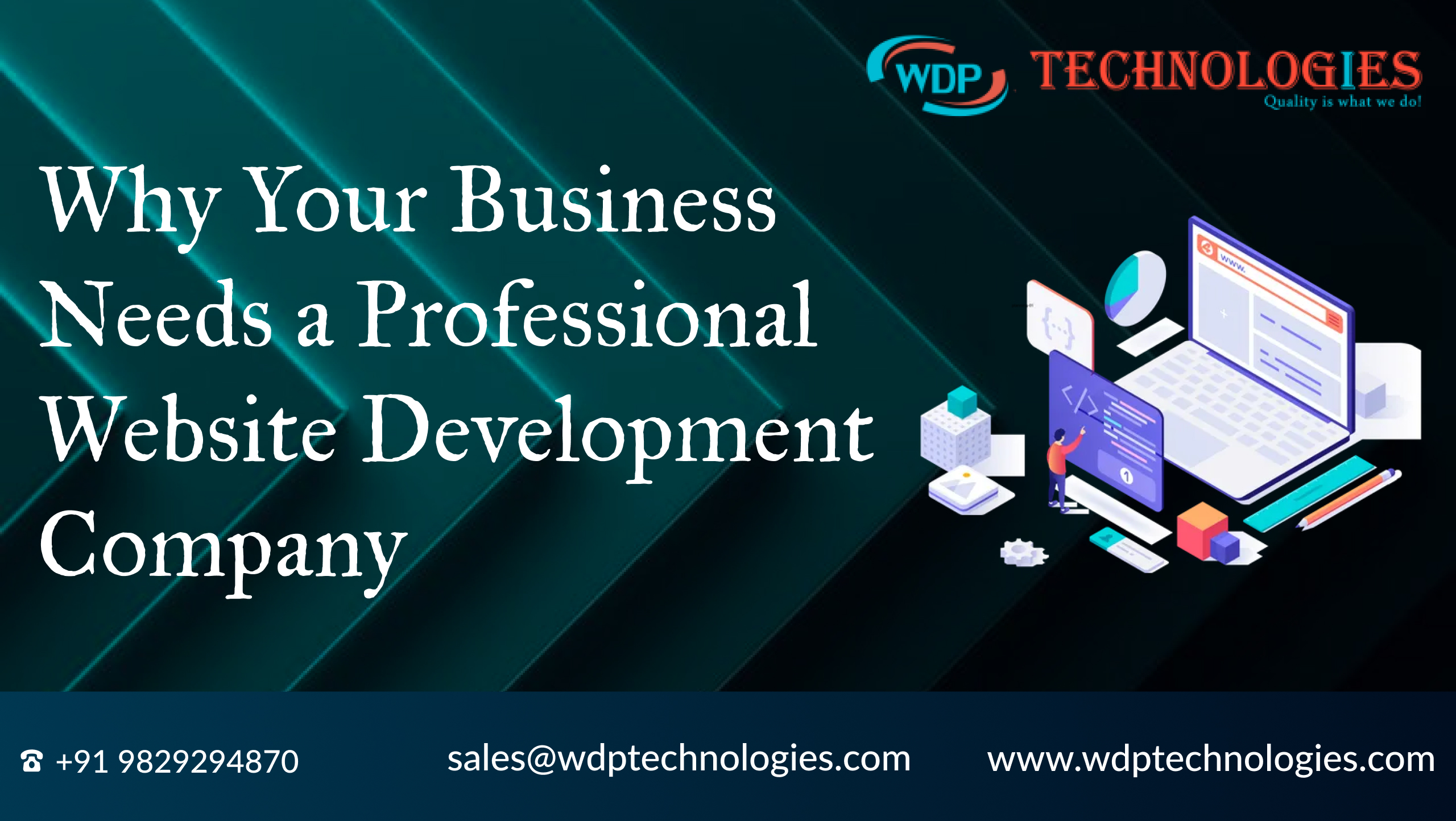Augmented Reality (AR) is rapidly transforming the way we interact with the world, blending digital elements with our physical environment to create immersive experiences. With the AR market expected to reach new heights in the coming years. The AR market is valued at over $32 billion in 2024, and is projected to exceed $50 billion by 2027 [AR Statistics (2024)]. This signifies a significant growth trajectory.There are approximately 1. 4 billion active AR user devices globally, and this number is expected to keep rising. This expanding user base creates a substantial market for AR apps.
Understanding the augmented reality frameworks that power these technologies is crucial for developers, businesses, and enthusiasts alike. In this blog, we’ll explore various AR frameworks, their unique features, and their applications across different industries.
What are Augmented Reality Frameworks?
An Augmented Reality frameworks is a software toolkit that provides the necessary tools, libraries, and APIs (Application Programming Interfaces) for developers to create augmented reality applications. These frameworks simplify the development process by offering pre-built functionalities that integrate digital content with the real-world environment. Here’s an overview of what an AR framework typically includes:
🔹Motion Tracking: This feature enables the application to understand and track the movement of the device in real time. It helps in maintaining the position of virtual objects relative to the physical world.
🔹Environmental Understanding: AR frameworks can recognize and
map the physical environment. This includes detecting flat surfaces (like floors and tables), understanding the lighting conditions, and sometimes recognizing specific objects.
🔹Rendering: The augmented reality frameworks provides rendering capabilities to display 3D models, animations, and other digital content seamlessly over the real-world view captured by the device’s camera.
🔹User Interaction: AR frameworks often include tools for detecting user interactions, such as gestures and touch inputs, allowing users to interact with virtual objects in an intuitive manner.
🔹Compatibility and Integration: These AR frameworks are designed to work with various hardware (like smartphones, tablets, and AR glasses) and software platforms (iOS, Android, etc.). They also integrate with other development tools and game engines like Unity and Unreal Engine.
Industry Applications of AR Frameworks
| Industries | AR Applications |
| Gaming and Entertainment | AR has revolutionized gaming with interactive experiences like Pokémon Go and Minecraft Earth. |
| Education and Training | AR provides immersive learning experiences, from virtual field trips to medical training simulations. |
| Retail and E-commerce | AR enhances shopping by allowing customers to visualize products in their space, as seen with IKEA Place. |
| Healthcare | AR aids in medical training, surgical planning, and patient care, providing 3D visualizations of anatomy. |
| Manufacturing and Maintenance | AR improves efficiency with real-time data overlays, guided assembly instructions, and remote assistance. |
Augmented Reality Frameworks for App Development
Here are the top 10 augmented reality frameworks to consider for your next AR development project:
1. ARKit

ARKit is Apple’s premier augmented reality framework designed exclusively for iOS devices. Launched in 2017, ARKit leverages the advanced hardware and software capabilities of Apple devices to provide a rich AR experience. It offers features such as motion tracking, which uses the device’s sensors to accurately detect the movement and orientation of the device in 3D space. Environmental understanding allows the framework to detect flat surfaces like tables and floors, while light estimation helps virtual objects to match the lighting of the real world, making them appear more realistic. ARKit also integrates seamlessly with RealityKit, which provides tools for rendering 3D content, animations, and physics simulations, thereby enhancing the overall AR experience. This combination of features makes ARKit particularly powerful for creating immersive AR applications, from interactive games to practical tools like furniture placement apps.
Platform: iOS
2. ARCore

ARCore is Google’s AR framework for Android devices, introduced in 2018. It focuses on three key capabilities: motion tracking, environmental understanding, and light estimation. ARCore uses the phone’s camera and sensors to track the position of the device in the real world, allowing virtual objects to be placed accurately within the user’s environment. Environmental understanding helps ARCore to recognize the physical world, such as flat surfaces and their dimensions, enabling the app to place virtual objects realistically. Light estimation lets the framework analyze the current lighting conditions in the environment and adjust the lighting of virtual objects to match, enhancing their realism. ARCore also supports Cloud Anchors, which enable shared AR experiences across multiple devices, making it ideal for collaborative applications and multiplayer AR games.
Platform: Android
3. Vuforia
Vuforia is one of the most widely used AR frameworks, known for its powerful image recognition and tracking capabilities. It supports a variety of AR experiences, including image targets, cylinder targets, and VuMarks. Vuforia can recognize and track images in real-time, allowing developers to place digital content accurately on physical objects. Cylinder targets enable AR content to be wrapped around cylindrical shapes like bottles, while multi-targets allow for complex interactions with multiple objects. VuMarks, which are custom markers, can encode data and be used for object tracking and identification. Vuforia’s versatility and robust performance make it a preferred choice for enterprise applications, marketing campaigns, and interactive product demonstrations.
Platform: Android, iOS, Windows
4. Wikitude
Wikitude is a comprehensive Augmented Reality framework that supports various tracking capabilities including instant tracking, geo-based AR, and image recognition. Instant tracking allows for markerless AR experiences by mapping the environment in real-time, enabling the placement of virtual objects without predefined markers. Geo-based AR uses location data to trigger AR content based on the user’s position, which is particularly useful for navigation and location-based services. Wikitude also excels in image recognition, enabling applications to recognize and augment images seamlessly. Its compatibility with different AR glasses further extends its usability in diverse applications, from retail to industrial maintenance.
Platform: Android, iOS, Windows
5. Snap Lens Studio
Snap Lens Studio is an AR creation tool designed for developing AR experiences on Snapchat. It is user-friendly and accessible even to those with little to no coding experience. The studio offers a variety of templates and assets that can be customized to create engaging AR lenses. It features face and object tracking, which allows digital effects to follow users’ movements and interact with their environment. Snap Lens Studio also includes powerful tools for creating and animating 3D models, adding visual effects, and incorporating interactive elements. This framework is particularly popular for creating social media filters and engaging marketing content.
Platform: Cross-Platform
6. Meta Spark Studio
Meta Spark Studio, formerly known as Spark AR Studio, is used for creating AR experiences on Facebook and Instagram. It provides a range of tools for developing AR effects that respond to facial expressions, gestures, and environmental changes. Features include depth mapping, which allows for more realistic placement of virtual objects in a 3D space, and extensive support for both face and body tracking. This framework integrates deeply with the Meta ecosystem, making it easy to publish and share AR experiences on social media platforms. Meta Spark Studio is ideal for creating engaging social media content and interactive advertisements.
Platform: Cross-Platform
7. Unity AR Foundation
Unity AR Foundation is a robust framework that combines the capabilities of ARKit and ARCore within the Unity development environment. It provides a unified API for developing AR applications across multiple platforms. Unity AR Foundation supports essential AR features like device tracking, which keeps track of the device’s position and orientation, environment probes for real-time lighting adjustments, and participant occlusion, which allows virtual objects to interact naturally with real-world elements. The framework’s integration with Unity’s powerful 3D engine enables the creation of highly interactive and visually rich AR experiences, making it a popular choice among developers for both entertainment and practical applications.
Platform: Cross-Platform
8. EasyAR
EasyAR is a versatile AR framework known for its comprehensive tracking capabilities. It supports SLAM (Simultaneous Localization and Mapping), which allows for accurate tracking and mapping of the environment in real-time, facilitating markerless AR experiences. EasyAR also offers 3D object tracking and environment understanding, making it suitable for a wide range of AR applications, from interactive games to industrial tools. Its user-friendly interface and extensive documentation make it accessible for both beginners and experienced developers, allowing for rapid development and deployment of AR applications.
Platform: Android, iOS, Windows
9. Kudan
Kudan is an efficient AR framework that provides both marker-based and markerless tracking. It is known for its high performance and low latency, which are crucial for real-time applications. Kudan supports advanced features like simultaneous localization and mapping (SLAM), making it capable of accurately mapping and tracking the environment without the need for predefined markers. This framework is ideal for applications that require robust performance and precise tracking, such as navigation systems, interactive installations, and augmented reality games.
Platform: Android, iOS
10. Maxst
Maxst is a comprehensive Augmented Reality framework that offers a range of features for creating immersive AR experiences. It supports both 2D and 3D tracking, allowing for precise placement and interaction of virtual objects with the real world. Maxst’s environment recognition capabilities enable the framework to understand and map the user’s surroundings, facilitating more realistic and interactive AR experiences. Its cross-platform compatibility ensures that applications developed with Maxst can run seamlessly on various devices and operating systems, making it a versatile choice for developers targeting multiple platforms.
Platform: Android, iOS, Windows, Mac OS
Let’s create something extraordinary together. Your future starts here!
Benefits of augmented reality framework for App Development
Augmented Reality frameworks offer several benefits for app development, enhancing user experiences and opening up new possibilities for various industries. Here are some of the key benefits:
1. Rapid Development:
AR frameworks provide pre-built components, libraries, and tools that streamline development, reducing the time and effort required to create AR experiences. Developers can leverage these frameworks to quickly prototype and iterate on their ideas.
2. Cross-Platform Compatibility:
Many Augmented Reality frameworks support multiple platforms, including iOS, Android, and web, allowing developers to build AR applications that can reach a broader audience without the need for separate codebases.
3. Performance Optimization:
AR frameworks are optimized for performance, leveraging device capabilities such as sensors, cameras, and processing power efficiently. This optimization ensures smooth rendering and interaction, providing users with a seamless AR experience.
4. Community Support & Documentation:
Popular AR frameworks often have active developer communities and comprehensive documentation, providing resources, tutorials, and support forums. Developers can leverage these resources to troubleshoot issues, learn best practices, and stay updated on new features and updates.
5. Advanced Features and Functionality:
AR frameworks offer a range of advanced features and functionality, such as 3D object recognition, spatial mapping, gesture recognition, and real-time tracking. These features enable developers to create immersive and interactive AR experiences tailored to their specific requirements.
6. Integration with Existing Tools & Platforms:
Many Augmented Reality frameworks integrate with existing development tools and platforms, such as game engines (Unity, Unreal Engine), IDEs (Xcode, Android Studio), and cloud services (AWS, Azure). This integration simplifies the development process and enables seamless integration with other technologies and services.
7. Scalability and Future-Proofing:
AR frameworks are designed to scale with the growing demands of AR applications, accommodating new devices, operating systems, and technologies. By building on established frameworks, developers can future-proof their applications and ensure compatibility with upcoming advancements in AR technology.
8. Cost-Effectiveness:
Leveraging AR frameworks can be cost-effective compared to building custom AR solutions from scratch. By utilizing existing tools and resources, developers can reduce development costs and accelerate time-to-market, making AR more accessible to businesses and organizations of all sizes.
Future of Augmented Reality Frameworks
The future of Augmented Reality frameworks is promising, with advancements expected in several key areas:
1. Enhanced Realism:
Future AR frameworks will focus on enhancing realism by improving object recognition, environmental understanding, and occlusion. This will create more immersive AR experiences where virtual objects seamlessly integrate with the physical environment.
2. Spatial Computing:
AR frameworks will evolve to support spatial computing, enabling applications to understand and interact with the three-dimensional space more intuitively. This includes features like persistent virtual content, spatial mapping, and collaborative experiences across multiple devices.
3. 5G & Edge Computing Integration:
With the rollout of 5G networks and advancements in edge computing, Augmented Reality frameworks will leverage these technologies to deliver high-speed, low-latency AR experiences. This will enable more complex and data-intensive AR applications, such as multiplayer gaming, remote assistance, and real-time content streaming.
4. Wearable AR Devices:
As wearable AR devices become more prevalent, AR frameworks will adapt to support these devices, offering optimized experiences tailored to smaller form factors, such as smart glasses and AR headsets. This includes features like gaze tracking, hand gesture recognition, and voice interaction.
5. AI and Machine Learning:
Augmented Reality frameworks will increasingly integrate AI and machine learning algorithms to enhance object recognition, scene understanding, and user interaction. This will enable more intelligent AR applications capable of context-aware content delivery, personalized experiences, and adaptive user interfaces.
6. Web-Based AR:
Web-based AR frameworks will gain traction, allowing users to access AR experiences directly through web browsers without the need for native app installations. This will democratize AR development and distribution, making AR more accessible to a broader audience across different devices and platforms.
7. Augmented Reality Cloud Services:
AR frameworks will leverage cloud services for offloading processing tasks, storing spatial data, and delivering AR content dynamically. This will enable scalable and flexible AR applications that can adapt to changing environments and user contexts in real-time.
8. Privacy & Security Enhancements:
With growing concerns about privacy and security, future Augmented Reality frameworks will prioritize robust privacy measures and security features to protect user data and ensure safe AR experiences. This includes compliance with privacy regulations, secure data transmission, and user consent mechanisms.
Conclusion
Augmented Reality frameworks are the backbone of augmented reality applications, enabling developers to bring innovative ideas to life. As technology advances and the market grows, these frameworks will continue to evolve, offering new possibilities for immersive and interactive experiences across industries. Whether you’re a developer, a business owner, or an enthusiast, understanding these frameworks is key to leveraging the full potential of AR.

